FUJISAN GUINOMI by Yanashita Hideki
FUJISAN GUINOMI by Yanashita Hideki
Couldn't load pickup availability
Width 7.4cm x Height 7.2cm
Yanashita Hideki's "White Mt. Fuji Sake Cup" is a work born from a deep respect for the national treasure "Mt. Fuji" left behind by the great master of the early Edo period, Hon'ami Koetsu, and a reinterpretation of it in the modern era. Koetsu's "Mt. Fuji" is one of a kind in terms of its shape and scenery, and occupies a unique place in the history of Japanese pottery. Yanashita has taken inspiration from this spirituality and gone beyond the form of a tea bowl to condense a solid philosophy and beauty of form into the smaller vessel of a "sake cup."
Not a miniature tea bowl, but an independent form of beauty
This White Fujiyama cup is not simply a "miniature version of the Fujiyama tea bowl."
While pursuing the form and functionality required of a sake cup, it beautifully embodies the spirituality contained within the white landscape, and its independence and high level of completion as a work of art make it feel like an overwhelming masterpiece derived from the original "Fujiyama." Although it is a small vessel that fits in the palm of your hand, the tension of its form, the serenity of its colors, and its presence like a sign have the power to transform the surroundings the moment it is placed in a space. The sense that the vessel goes beyond being an "object" and moves "place" and "time" -- this sake cup has that power.
The tranquility and depth of the one and only "white"
The white used in the glaze is not simply a type of white. Rather, it has a depth that can be called the "color of tranquility." The white, soft like washi paper and absorbing the light gently, is transparent as it overlaps in layers, creating a landscape with depth every time you look at it. From the base of the vessel to the rim, the milky white glaze spreads out as if rising softly, creating a tranquil scene like the snow-covered ridgeline of Mt. Fuji. It is a "scenery" that can be seen with the eyes, but also a "sensation" that penetrates the heart, and although it is the exterior of the vessel, you can feel the power of the white resonating in the inner space.
The memories of firing and the "narrative"
The lower part of the vessel shows subtle yet distinct shades of black and ash, reminiscent of carbonization created during the firing process. This is not simply a contrast of color, but a texture that seems to seal in the surface the time the vessel spent in the kiln - the dialogue between the fire and the clay, the memories of each moment when chance and necessity overlap. Mr. Yanagishita's many years of experience in Yakishime and climbing kilns and anagama kilns quietly emerge as these expressions, giving the vessel a deep narrative quality and spiritual depth.
White Space: What Silence Speaks
The "white" of this vessel is not merely visually beautiful; it embodies the fundamental idea in Eastern art of "speaking" by "not speaking."
The wind dancing on Tawaraya Sotatsu's gold background, the silence hidden in Korin's silver paint, the "unpainted white space" in ink painting, and the relationship between "ink" and "white space" in calligraphy -- the white of the White Fujiyama Sake Cup is also in the same lineage of beauty. Rather than explicitly depicting something, it is the blank space that gives rise to the imagination, and the silence that resonates with emotion. White is the color that is silent, yet speaks the most.
A small mountain that reflects the changing seasons and nature
This white also contains the memories of the seasons. Winter snow, spring plum blossoms, summer morning dew, autumn fog. When steam gently rises, the crazes that appear in the glaze of the vessel change appearance like traces of the wind carved into the mountainside, giving a sense of the flow of time and the life of nature. There is a living silence, as if the vessel is breathing.
Overwhelming presence and poetic silence
The White Fujiyama Sake Cup is a vessel that exists between many opposing elements: practicality and art, everyday and extraordinary, form and space, serenity and spirit. Although it is an everyday vessel, a sake cup, it has an extremely poetic tension and overwhelming beauty, and it naturally invites time not only to use it but also to look at it, feel it, and clear one's mind. There is no other vessel that so condenses the "strength in serenity" and "presence that speaks through absence" that Yanagishita Tokiki explores. This piece goes beyond the category of sake cups, small yet great, and truly worthy of being called a "masterpiece of white."
Hideki Yanashita Profile
Ceramicist 1967 –
Born in Tokyo, Yanagishita is currently based in Iga, Mie Prefecture. Fascinated by pottery from the Momoyama period, he embarked on the path of ceramics. After training in Shigaraki, he built his own anagama kiln in Iga, Mie Prefecture, and opened the Kanda Kiln. Under the tutelage of Sadamitsu Sugimoto, Yanagishita has been creating a wide variety of works , including Raku ware, Yakishime, Ido, and Oribe, while deeply exploring the world of wabi-sabi from his own unique perspective. An important theme in Yanagishita's creations is the quest for new heights , born from the incorporation of modern materials and unique approaches while deeply studying the techniques and spirit of his predecessors. His works question essential beauty that is timeless, and invite the viewer into a deeper world of art.
Base of operations : Iga, Mie Prefecture
Share


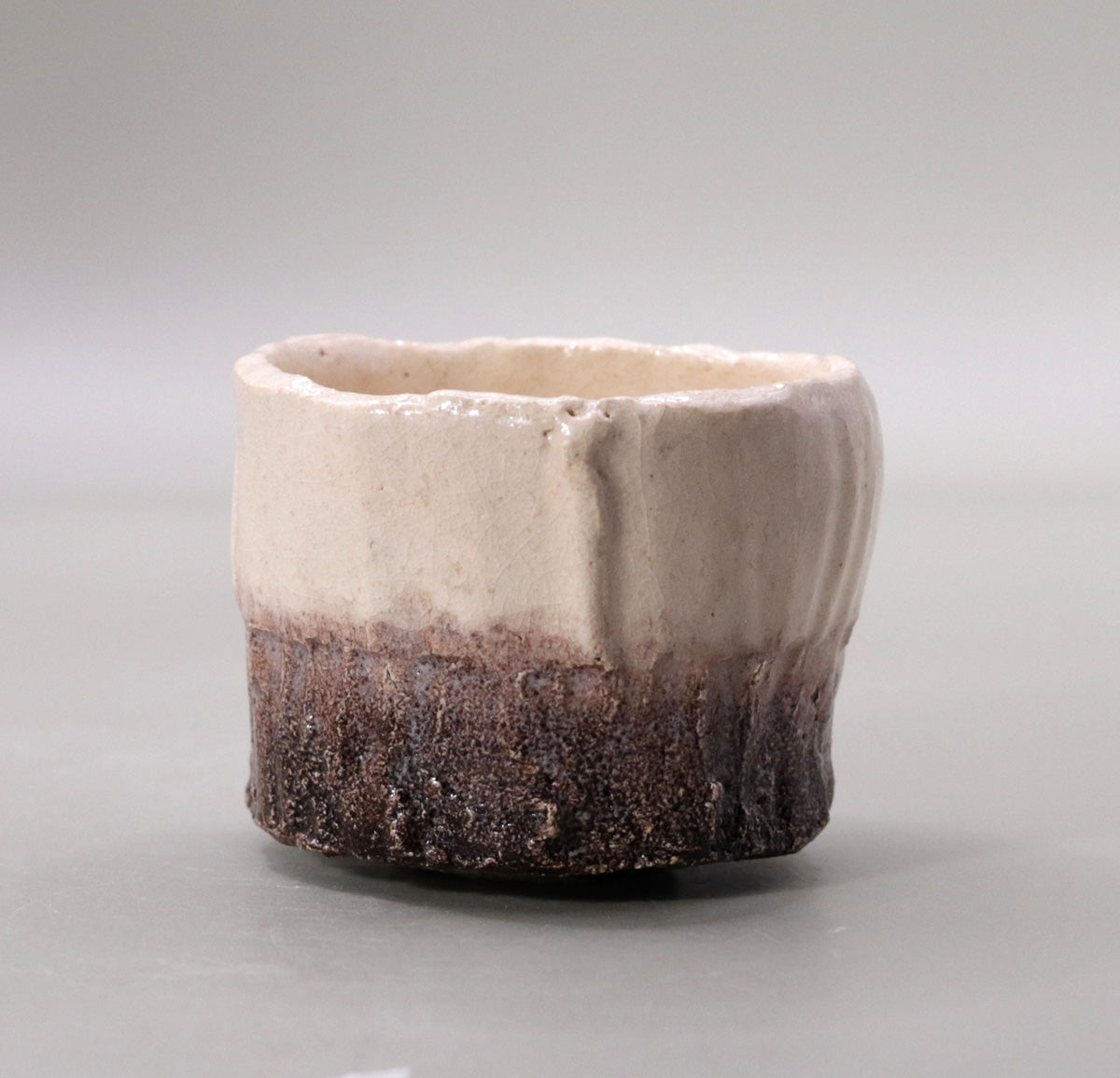
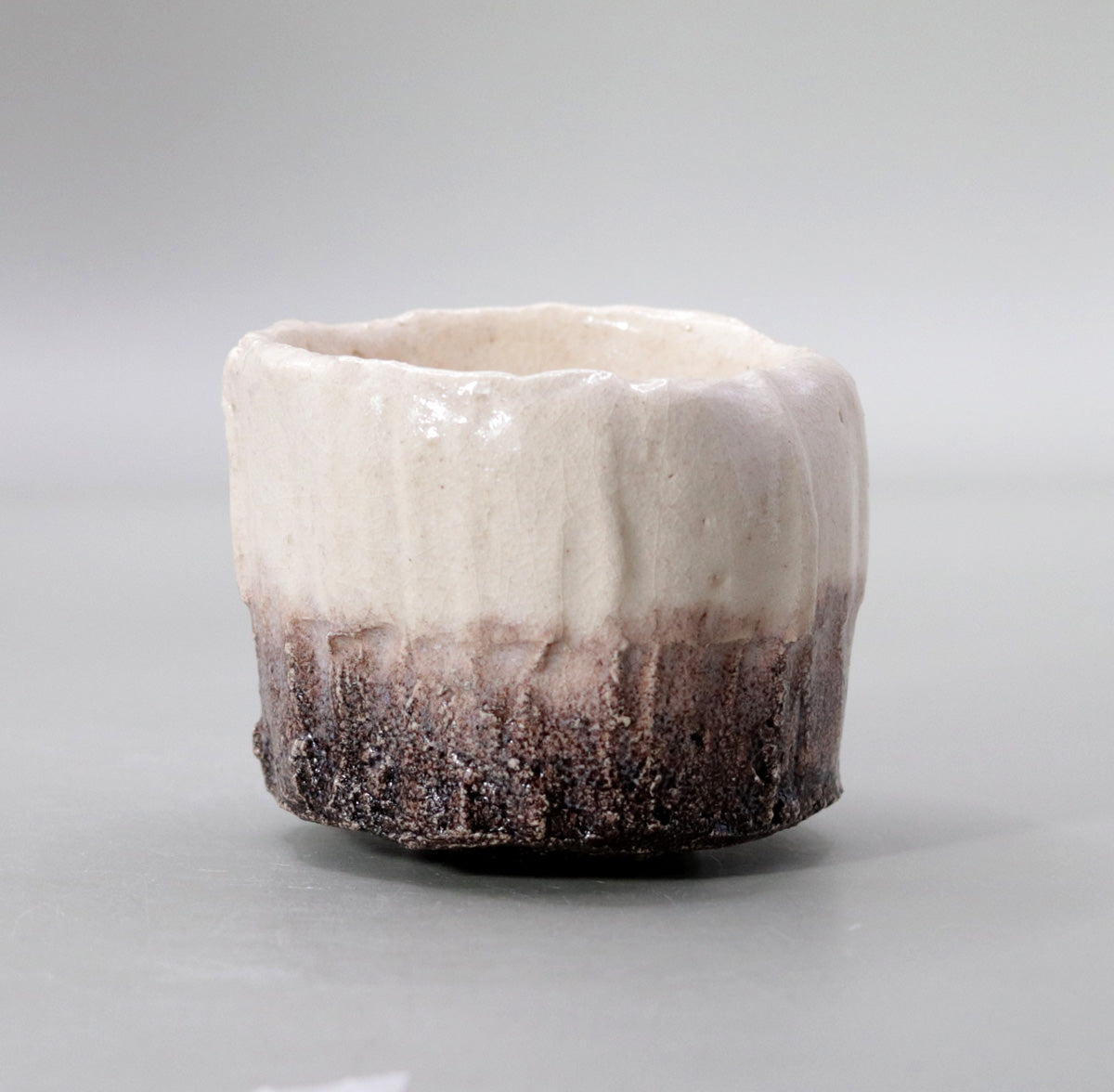
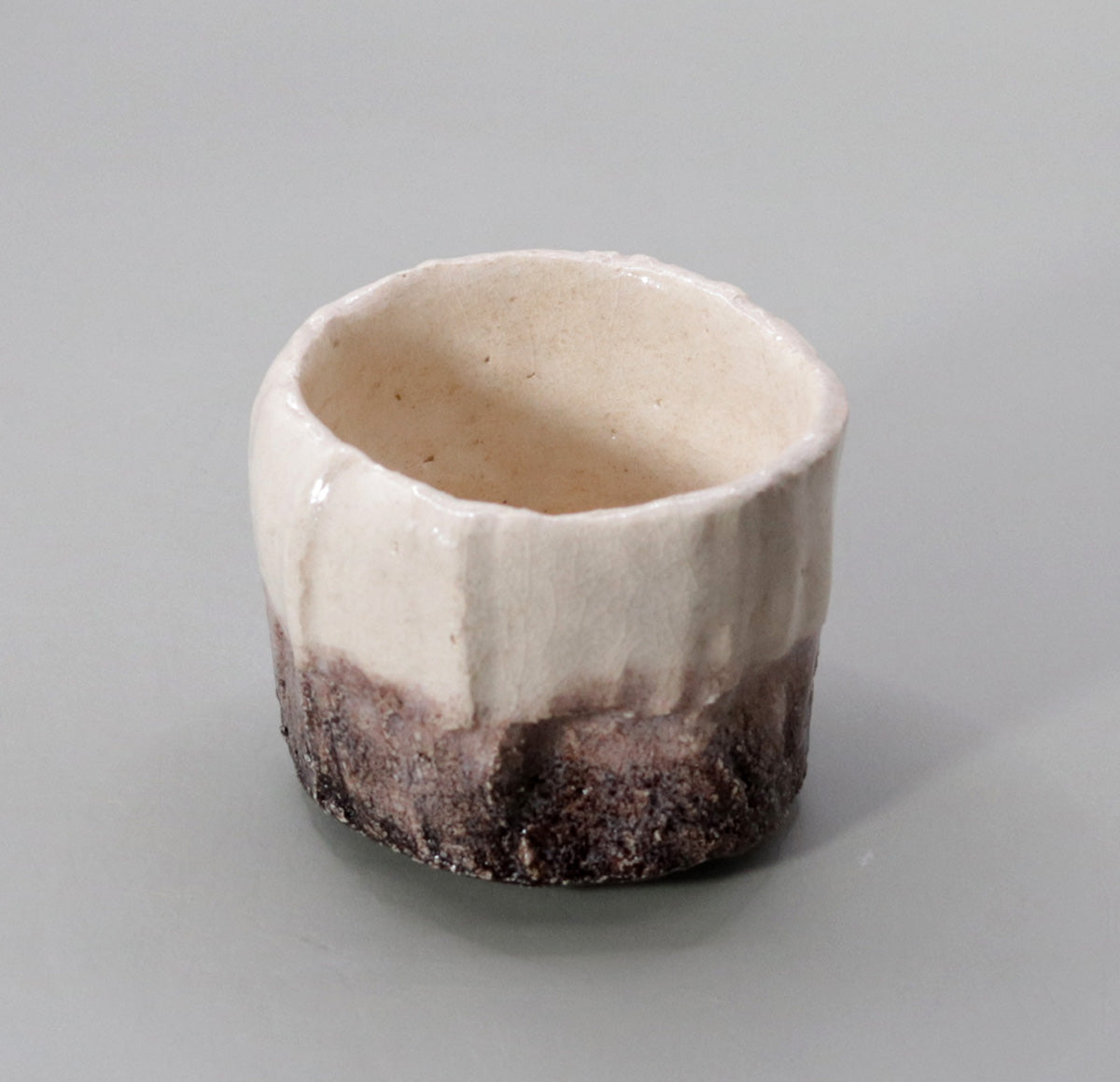
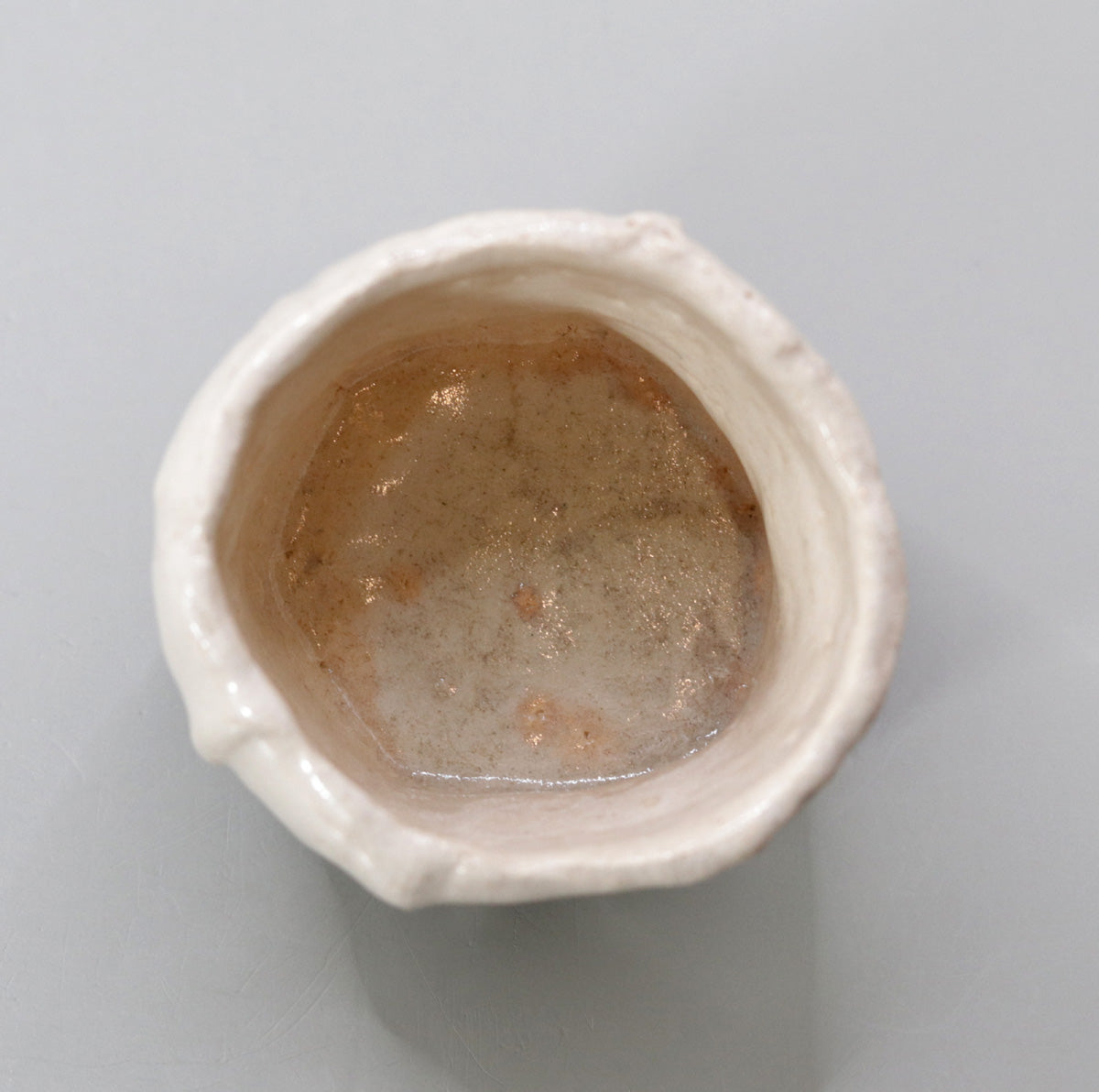
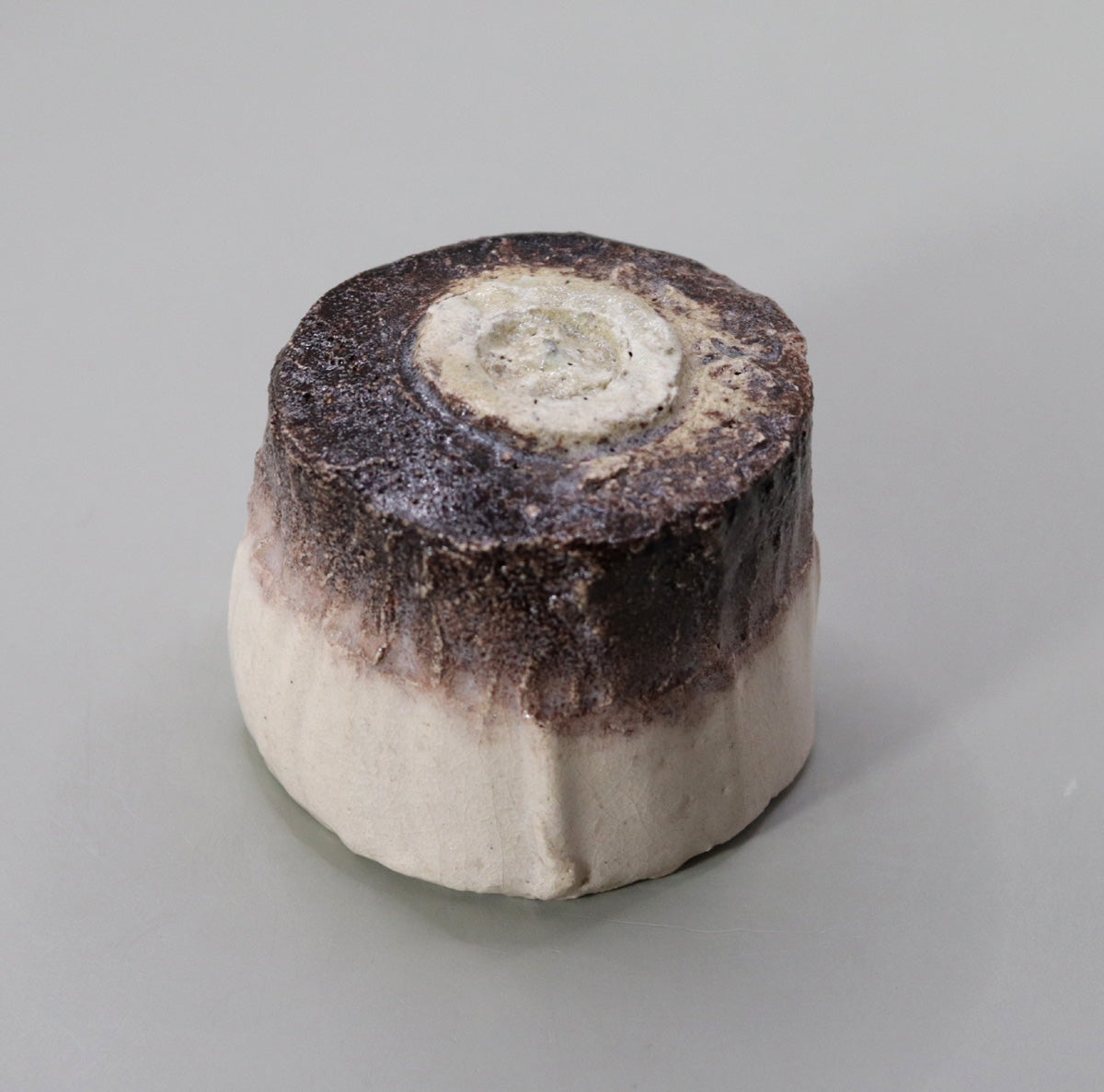

-
[I will send it to you quickly and carefully]
We carefully package each product in a way that suits it best.
Also, delivery times vary depending on the piece (vessel, etc.).
Items that already come with a box will be shipped within 1-3 days of the order date.
For items that require a box to be made after your order, it will take approximately 30 days for production to be completed and then shipped.
In either case, once we have confirmed your order, we will contact you by email to inform you of the delivery date.
-
[Requests when purchasing pottery]
Even products that look the same may differ slightly in color, shape, size, etc.
The way the glaze is used, the power of the kiln, the firing method, the season, and the humidity also affect the appearance of the pottery.
Please understand the individuality of each piece of pottery and enjoy the unique warmth of handmade.








